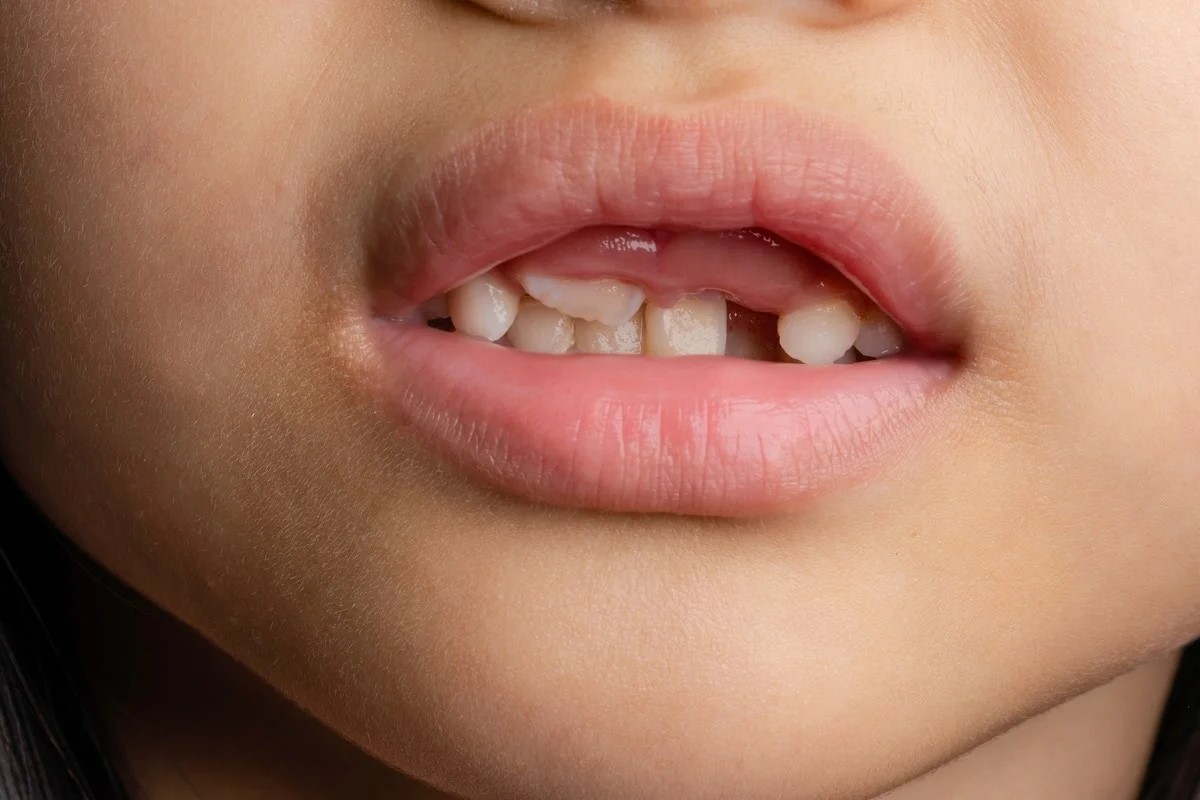
Oral-Facial-Digital Syndrome Type 4 is a rare genetic disorder that affects the development of the mouth, face, and digits. This condition is part of a group of disorders known as oral-facial-digital syndromes, each with its unique set of symptoms and genetic causes. Symptoms of Type 4 can include cleft lip or palate, extra fingers or toes, and distinctive facial features. Genetic mutations are the primary cause, often inherited in an autosomal recessive pattern. Early diagnosis and intervention can significantly improve the quality of life for those affected. Understanding the complexities of this syndrome can help families and medical professionals provide better care and support.
Key Takeaways:
- Oral-Facial-Digital Syndrome Type 4 (OFD4) is a rare genetic disorder affecting the mouth, face, and digits. It can cause cleft lip, extra fingers, and dental issues, but early diagnosis and multidisciplinary treatments can improve quality of life.
- Individuals with OFD4 may experience challenges with eating, speaking, and emotional well-being. However, support from healthcare providers, family, and community, along with early intervention programs and ongoing research, can make a significant difference in managing the condition.
What is Oral-Facial-Digital Syndrome Type 4?
Oral-Facial-Digital Syndrome Type 4 (OFD4) is a rare genetic disorder. It affects the development of the mouth, face, digits, and sometimes other parts of the body. Understanding this condition can help in managing its symptoms and improving the quality of life for those affected.
-
OFD4 is one of several types of Oral-Facial-Digital Syndromes, each with unique characteristics.
-
The syndrome is inherited in an autosomal recessive manner, meaning both parents must carry the gene for a child to be affected.
-
Mutations in the TCTN3 gene are responsible for OFD4.
-
Symptoms often include abnormalities in the development of the tongue, teeth, and oral cavity.
Physical Characteristics of OFD4
Individuals with OFD4 exhibit distinct physical traits. These characteristics can vary widely but often include specific facial and digital anomalies.
-
A common feature is a cleft lip or palate, which can affect feeding and speech.
-
Polydactyly, or extra fingers and toes, is frequently observed in those with OFD4.
-
Some individuals may have syndactyly, where fingers or toes are fused together.
-
Facial asymmetry, where one side of the face looks different from the other, is another possible trait.
Oral and Dental Issues
Oral and dental problems are significant concerns for those with OFD4. These issues can impact eating, speaking, and overall oral health.
-
Dental anomalies such as missing teeth or extra teeth are common.
-
The tongue may have unusual growths or be split, known as a bifid tongue.
-
Gingival hypertrophy, or overgrowth of the gums, can occur, leading to dental complications.
-
Oral cysts, which are fluid-filled sacs, may develop in the mouth.
Diagnosis and Genetic Testing
Diagnosing OFD4 involves a combination of clinical evaluation and genetic testing. Early diagnosis can help in managing the condition effectively.
-
A thorough physical examination by a specialist is crucial for identifying characteristic features.
-
Genetic testing can confirm the presence of mutations in the TCTN3 gene.
-
Prenatal testing is available for families with a known history of OFD4.
-
Imaging studies, such as X-rays or MRIs, may be used to assess skeletal abnormalities.
Treatment and Management
While there is no cure for OFD4, various treatments can help manage symptoms and improve quality of life. These treatments are often multidisciplinary, involving different healthcare professionals.
-
Surgical interventions may be necessary to correct cleft lip or palate.
-
Orthodontic treatment can address dental anomalies and improve oral function.
-
Speech therapy is beneficial for those with speech difficulties due to oral abnormalities.
-
Regular dental check-ups are essential to monitor and manage dental health.
Living with OFD4
Living with OFD4 can be challenging, but support from healthcare providers, family, and community can make a significant difference.
-
Early intervention programs can support developmental milestones in children with OFD4.
-
Psychological support and counseling can help individuals and families cope with the emotional aspects of the condition.
-
Support groups and online communities provide a platform for sharing experiences and advice.
-
Educational accommodations may be necessary to support learning and development in school.
-
Ongoing research aims to better understand OFD4 and develop more effective treatments.
Final Thoughts on Oral-Facial-Digital Syndrome Type 4
Oral-Facial-Digital Syndrome Type 4, though rare, presents unique challenges and characteristics. Understanding its symptoms, causes, and treatment options can help those affected and their families navigate this condition more effectively. Awareness and research are crucial for better management and potential advancements in treatment.
Staying informed about genetic disorders like this one can foster empathy and support within communities. If you or someone you know is dealing with this syndrome, seeking guidance from medical professionals and support groups can make a significant difference. Knowledge empowers us to face challenges head-on and advocate for better healthcare solutions.
Remember, every bit of information helps in creating a more inclusive and understanding world for those with rare conditions. Stay curious, stay informed, and continue to spread awareness.
Frequently Asked Questions
Was this page helpful?
Our commitment to delivering trustworthy and engaging content is at the heart of what we do. Each fact on our site is contributed by real users like you, bringing a wealth of diverse insights and information. To ensure the highest standards of accuracy and reliability, our dedicated editors meticulously review each submission. This process guarantees that the facts we share are not only fascinating but also credible. Trust in our commitment to quality and authenticity as you explore and learn with us.
